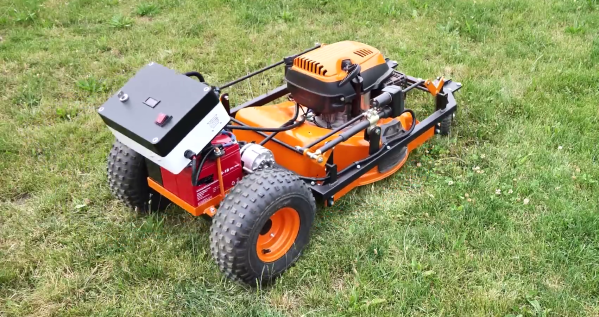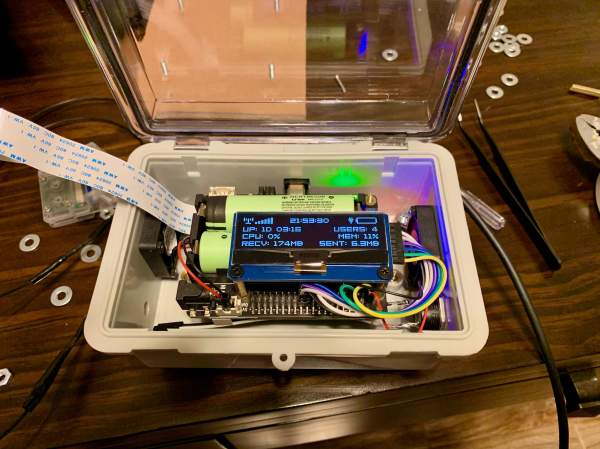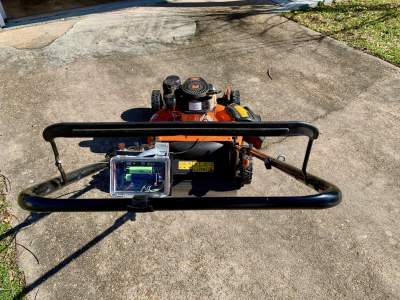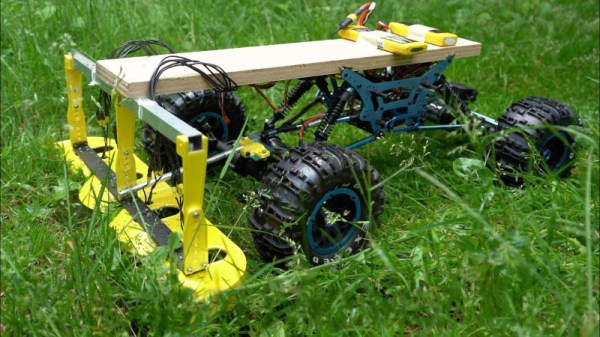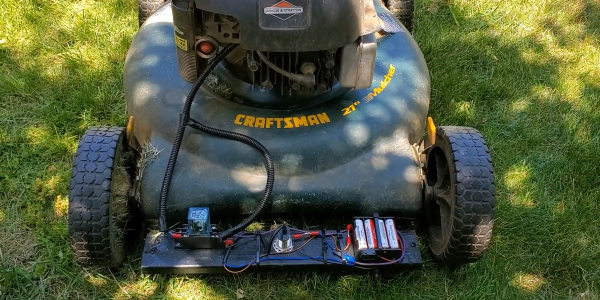If you’re not mowing your lawn regularly, you’re probably familiar with the hassle of overfilling your catcher. Grass clippings end up scattered everywhere, and you end up with a messy yard after all your hard work. [Dominic Bender] designed a mower fill gauge to eliminate this problem which shows you when your catcher is getting full.
The concept behind the gauge’s operation is simple. Catcher-based mowers rely on airflow from the spinning blades to carry grass into the catcher. That airflow is, in this case, also used to push up a flap mounted in the top of the catcher. As the catcher fills with grass, that airflow no longer reaches the flap, which sinks down, indicating the catcher is getting full. The basic design is a simple 3D printed flap and housing that uses a short piece of filament as a hinge. There’s also a small mesh guard to stop the flap getting clogged by the incoming grass clippings.
If you’re the forgetful sort, or your enthusiastic children aren’t always emptying the catcher when they should, this gauge might be a useful tool for you. Alternatively, consider robotizing your mowing in the vein of other builds we’ve seen, including one by yours truly. If you’ve got your own nifty gardening hacks, be sure to drop us a line!





